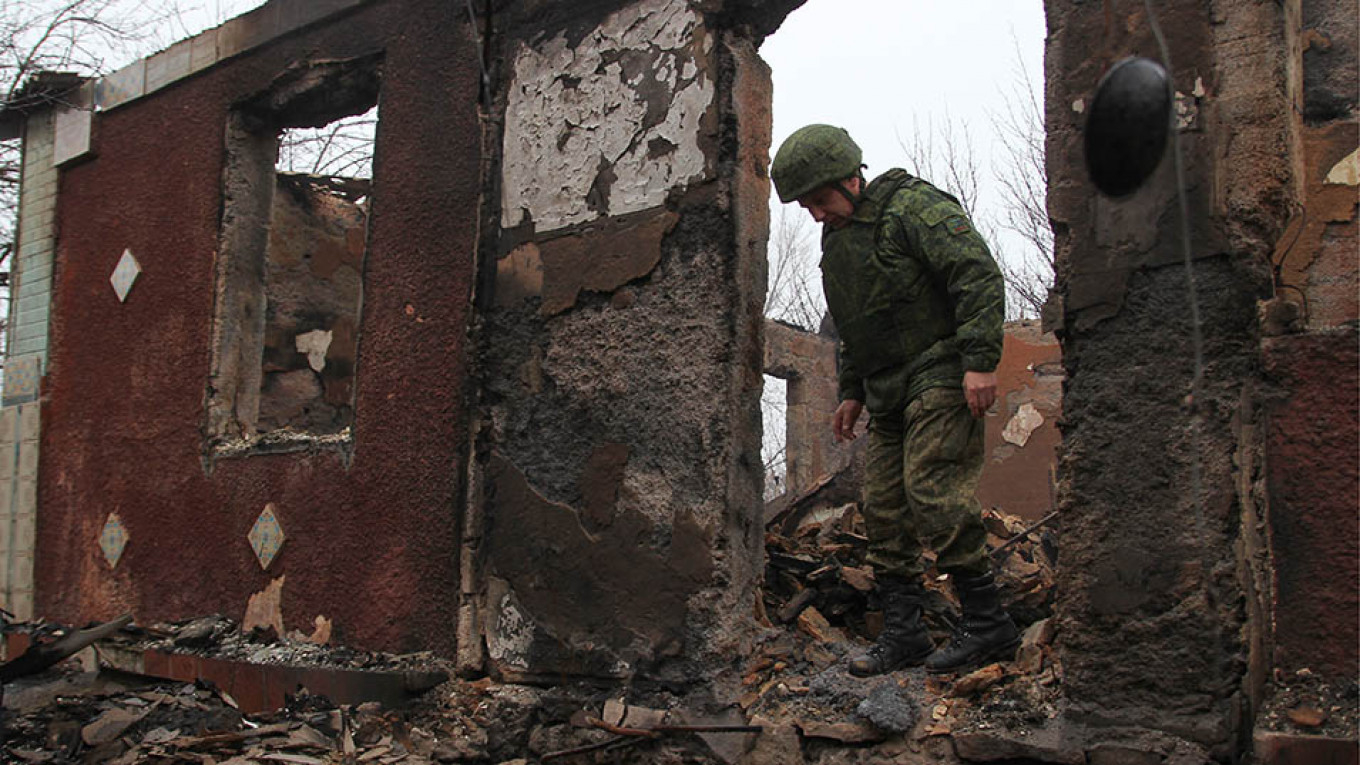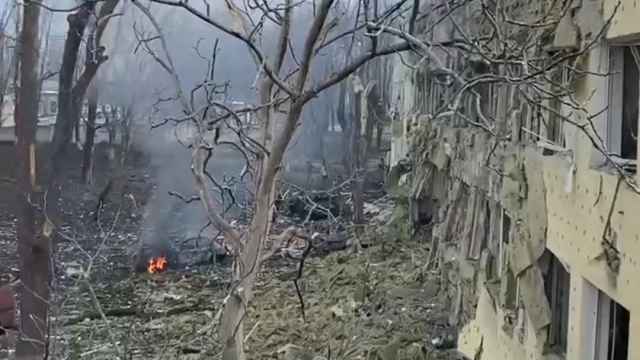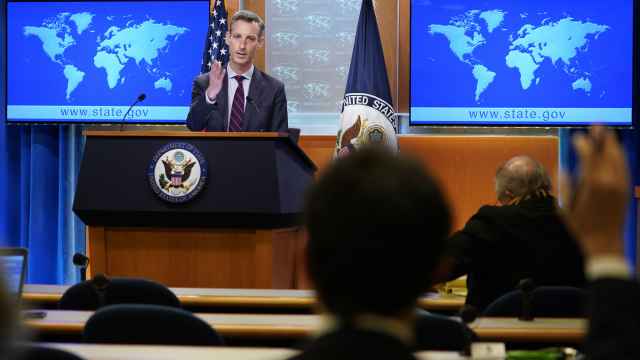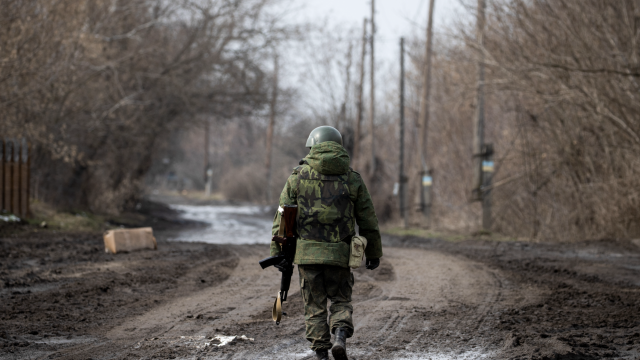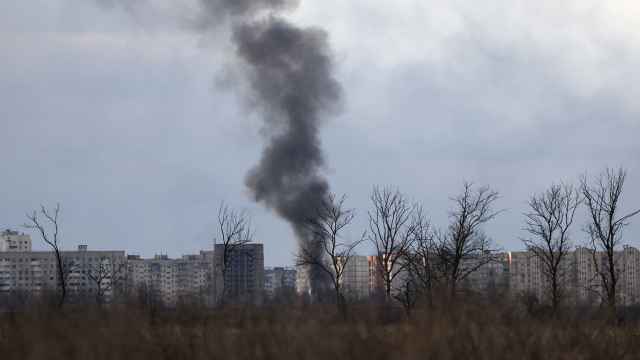The Donbass region of eastern Ukraine is among Europe’s most deadly modern battlefields on which more than 13,000 people have been killed since 2014.
Tragically, the suffering people of Donbass happen to live at the wrong place at the wrong time. While the overall death toll is shocking, the broad European public has become comfortably numb about it, as people are dying in much smaller numbers than in 2014 and 2015.
Last year, the Organization for Security and Co-operation in Europe (OSCE) recorded 43 civilian deaths – half as many as in 2017.
While military violence is almost always an unnecessary evil, this one is particularly bizarre in that it occurs with little or no military value. Since the signing of the Minsk Package of Measures in February 2015 (“Minsk II”), both sides have barely moved an inch over the “Contact Line” agreed with French and German help in the Belarusian capital.
Instead, Eastern Ukraine has become an information warfare battleground. The shootings and killings serve a political purpose – the sides want to keep the status quo in order to avoid the agreement’s unsavoury political parts. They may also want to send a signal to the outside world that they are under attack and convince their domestic audience to put up with wartime constraints.
As the military dimension has receded, the clash of narratives has grown disproportionately. Ukraine is eager to tell the world that it is fighting Russia, who has attacked, invaded and occupied parts of the country since the annexation of Crimea in 2014. For Russia and its proxies in Donbass, a civil war in eastern Ukraine is happening.
The two “People’s Republics” set up in Donetsk and Luhansk serve the purpose of engineering a civil war which would never have broken out without them.
Donetsk and Luhansk are far from being Ukraine’s only Russian-speaking areas. People in Kharkiv, Dnipro, Odessa and even Kiev speak Russian without identifying with Russia. Separatist movements failed, notably in Kharkiv, when local elites sided with the government. In Donetsk and Luhansk, the elites were initially undecided, while the proximity to the border with Russia also played a role.
The purpose of these quasi-states outside Ukraine’s control and entirely dependent on Russian support is clearly to keep the fire simmering without burning down the house. Moscow is doing its best to cultivate anti-Ukrainian sentiment and foster pro-Russian views inside Ukraine while claiming that it respects the Minsk agreement (at least the letter) by not recognizing the “Republics” – although it has recognized its documents in 2017.
Running the “People’s Republics”, on the other hand, has not proven an easy task. It took the Kremlin’s political machine years to contain infighting, corruption and insubordination among local elites. Numerous warlords were killed on the way, the most prominent being Donetsk separatist leader Alexander Zakharchenko, who died when a bomb exploded at his favorite café in August 2018. However, it looks like Zakharchenko’s corrupt clique was replaced by another.
There is a positive message in these difficulties. While Russia possesses more than enough military might to conquer territories in neighbouring countries, it does not necessarily have the power to keep them peaceful and stable. This might deter hardliners in the Kremlin from further military adventures.
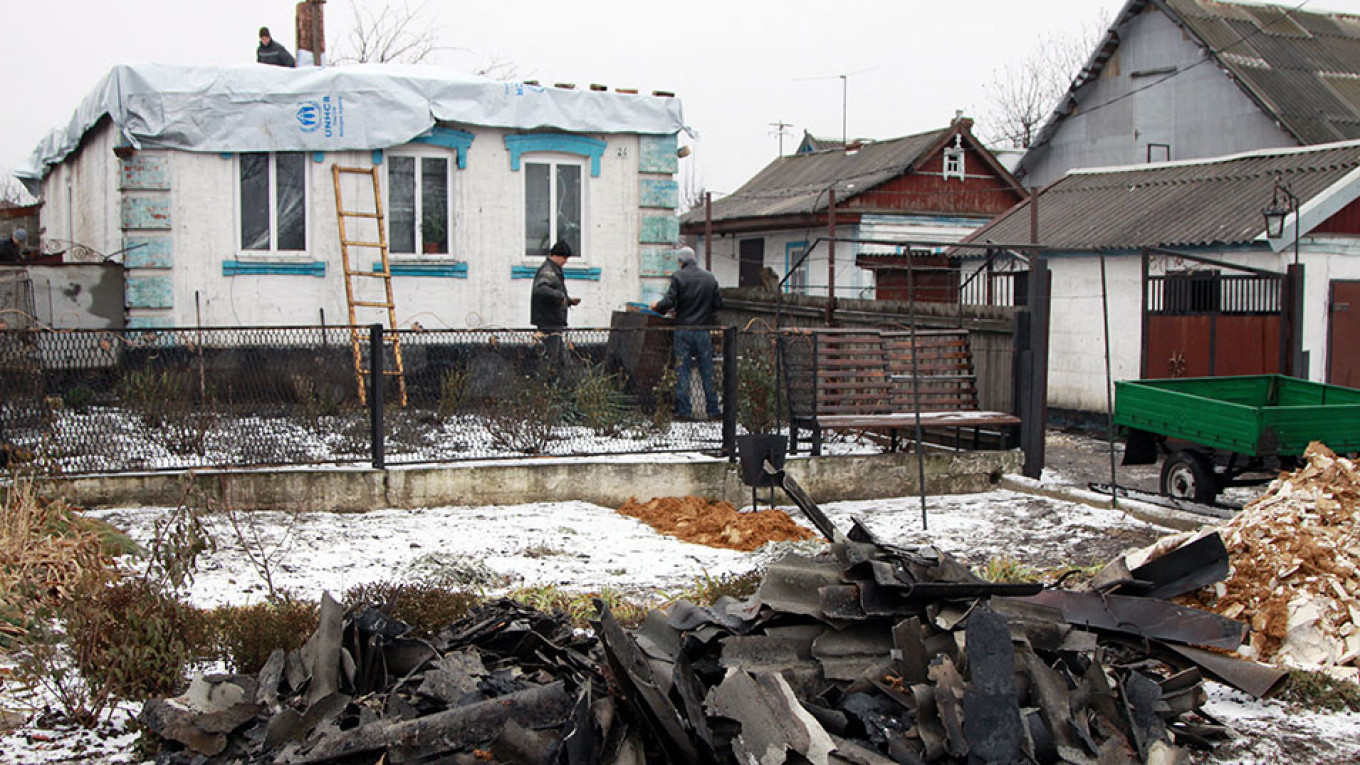
However, the longer the “People’s Republics” exist, the harder their reintegration into Ukraine will become, a prospect that is aggravated by Kiev’s current counter-productive trade blockade of the separatist regions. This poses further risks of a higher and graver order.
Ukraine might be prompted to retake them by force before it is too late, leading to outright war. Russia might also be tempted to recognize and/or annex them.
Assuming that there is no military solution, the best path for Ukraine is to become a stable and prosperous democracy that is the more attractive option for the population of the impoverished “People’s Republics”. This is what Kiev with Western policymakers should focus on.
A Message from The Moscow Times:
Dear readers,
We are facing unprecedented challenges. Russia's Prosecutor General's Office has designated The Moscow Times as an "undesirable" organization, criminalizing our work and putting our staff at risk of prosecution. This follows our earlier unjust labeling as a "foreign agent."
These actions are direct attempts to silence independent journalism in Russia. The authorities claim our work "discredits the decisions of the Russian leadership." We see things differently: we strive to provide accurate, unbiased reporting on Russia.
We, the journalists of The Moscow Times, refuse to be silenced. But to continue our work, we need your help.
Your support, no matter how small, makes a world of difference. If you can, please support us monthly starting from just $2. It's quick to set up, and every contribution makes a significant impact.
By supporting The Moscow Times, you're defending open, independent journalism in the face of repression. Thank you for standing with us.
Remind me later.



